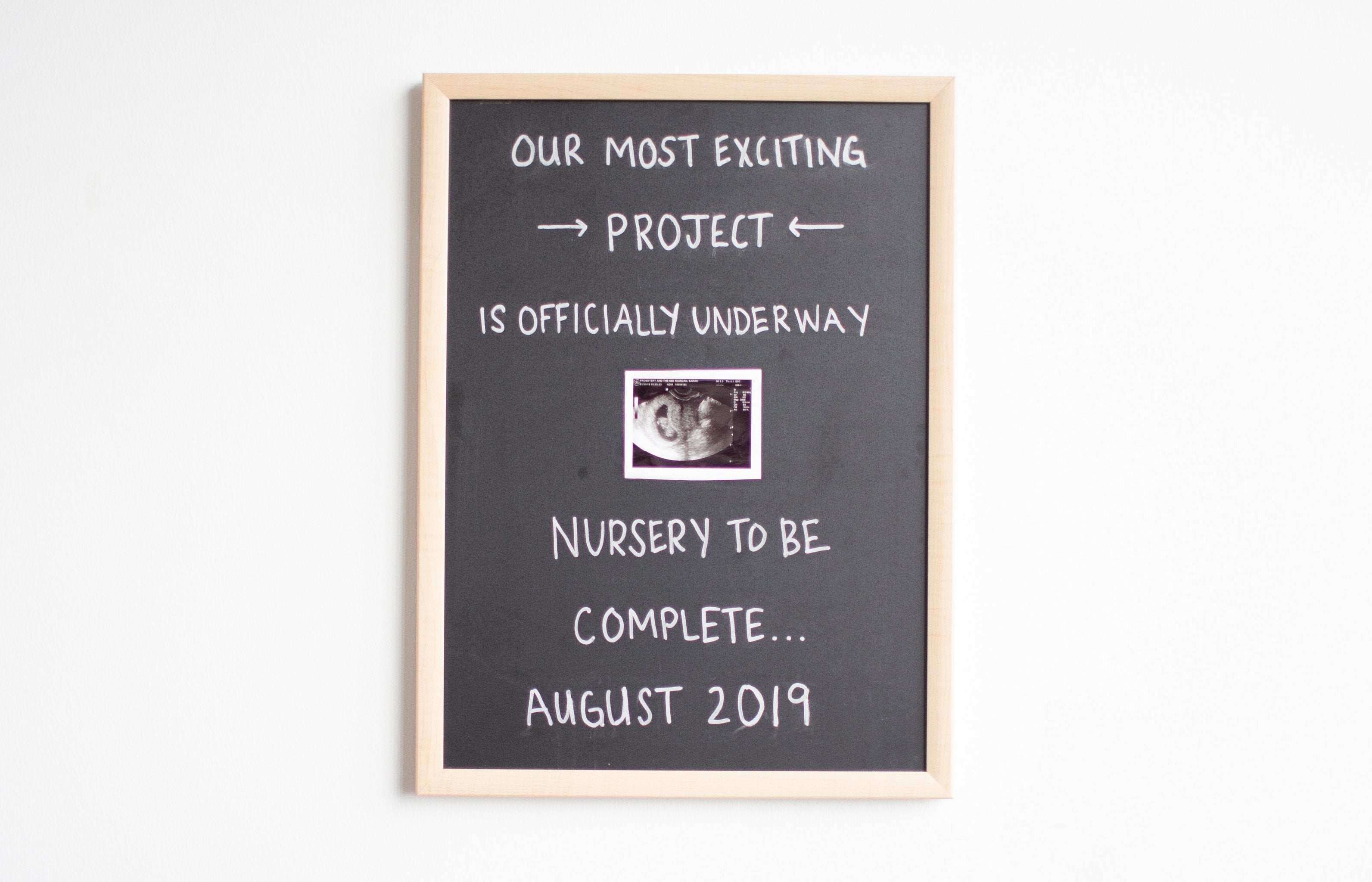Are you a first-time Mum in her third trimester excitedly awaiting the arrival of your little one? Or is this precious baby number three for you and you feel like you know the ropes by now? Whatever the case, often expecting Mums have questions about the different types of birthing experiences they can have and what to expect. What if your bub isn't in the right position at the time of birth or what if you're just too exhausted to push anymore?
We reached out to our friends at Tiny Hearts Education, who are experts in all things pregnancy, birth and parenting and they have the answers to these questions and more!
What Is a Birth Intervention?
An intervention during labour occurs when your midwife or doctor literally intervenes with the birthing process. This can be due to several different reasons ranging from harmless to something a little more critical. There are several ways an intervention can occur, and the most common methods are an assisted delivery, an episiotomy or induced labour.
Assisted Vaginal Birth
Assisted birth, sometimes called instrumental delivery, occurs when a doctor helps the new mother with the birthing process using special instruments like a ventouse (vacuum extractor) or forceps. Both options are safe for you and your baby and are only used when necessary, so don't panic! Typical reasons why you might need to deliver with some help would be:
- Baby's heart rate is abnormal
- Baby isn't in the correct birthing position
- Mama is exhausted and needs a break!
Episiotomy
An episiotomy is when your doctor makes a small surgical incision of the vaginal wall to widen the vagina for the baby to pass through. An episiotomy is relatively common and may be needed if:
- Your baby develops fetal stress, where the heartbeat is either too fast or too slow
- If your doctor is using forceps or a ventouse to assist with the birth
Induced labour
Induced labour is another form of assisted birth, and it involves artificially stimulating childbirth, often with medication. You may need to be induced if:
- You're carrying multiple babies
- You have high blood pressure or kidney problems
- You're past 41 weeks of pregnancy
Caesarean
A caesarean birth or Caesar for short is a surgical procedure to deliver the baby through a cut in the mother's uterus and abdomen. A caesarean may be needed if:
- Your baby isn't in the correct position (e.g. breech)
- You're having twins and/ or one isn't in the right position
- Your placenta is covering the opening of the womb
- You've had a caesarean in the past
- A vaginal birth is no longer safe for Mum or bub
Vaginal Birth
There are many instances where a new Mama won't need any help (just some support!), and she can deliver her bub all on her own. This is referred to as a vaginal birth - which is when the mother pushes the child out of her uterus via the vagina.
Keen to learn more about birth and what to expect? Tiny Hearts Education offers a six-hour Bump, Birth and Beyond course that empowers expecting parent with the knowledge to prepare them for pregnancy and beyond.
And, as a special offer just for Ripe readers – Tiny Hearts is offering you all 10% off your booking when you use the code RIPE10 at the checkout. Click here to view dates and to book.













Leave a comment
This site is protected by hCaptcha and the hCaptcha Privacy Policy and Terms of Service apply.